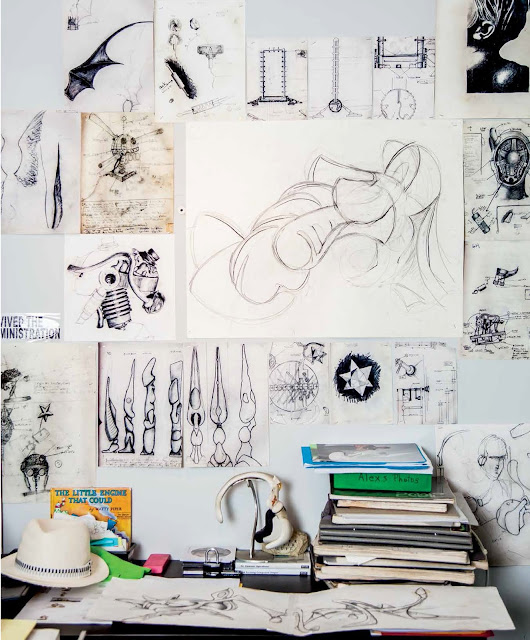Wolf Kahn The Gradual Meeting of Wet and Dry II , 2000
oil on canvas, 52 x 66 in.
oil on canvas, 52 x 66 in.
Wolf Kahn is one of the most important colorists working in America today. Born in Stuttgart, Germany in 1927, Wolf Kahn—the son of a noted Jewish musician—immigrated to the United States by way of England in 1940 through the Kindertransport. In 1945, he graduated from the High School of Music and Art in New York after which he spent time in the Navy. Under the GI Bill, he studied with the well-known teacher and abstract expressionist Hans Hoffman, becoming Hofmann's studio assistant. In 1950, he enrolled in the University of Chicago from which he graduated in 1951 with a BA.
Having completed his baccalaureate degree in only one year, Kahn was determined to become a professional artist. He and other former Hofmann students established The Hansa (meaning "guild"), a cooperative gallery where he had his first one man show. In 1956 he joined the Grace Borgenicht Gallery where he exhibited regularly until 1995. Mr. Kahn has received a Fulbright Scholarship, a John Simon Guggenheim Fellowship, and an Award in Art from the American Academy of Arts and Letters. He is a member of the National Academy of Design, as well as the American Academy of Arts and Letters and has recently completed an appointment to the New York City Art Commission. Traveling extensively, he has painted landscapes in such diverse locales as Maine, Mexico, Italy, Greece, Kenya, New Mexico, Namibia, Hawaii and Egypt. He spends his summers and autumns in Vermont on a hillside farm, which he and his wife, the painter Emily Mason, have owned since 1968. They have two daughters, Cecily and Melany. Cecily Kahn is a painter, married to the painter David Kapp.
The unique blend of Realism and the formal discipline of Color Field painting sets the work of Wolf Kahn apart. Kahn is an artist who embodies the synthesis of his modern abstract training with Hans Hofmann, with the palette of Matisse, Rothko's sweeping bands of color, and the atmospheric qualities of American Impressionism. It is precisely this fusion of color, spontaneity and representation that has produced such a rich and expressive body of work. A departure from his identifiable compositions of wooded New England Landscapes, this coastal piece, painted in 2000, invites the viewer into a stunning atmosphere where a subtly changing field of color dances from the suggestion of a shoreline to the disappearing horizon.
Wolf Kahn regularly exhibits at galleries and museums across North America. Selected museum collections include the Metropolitan Museum of Art, Whitney Museum of American Art, the Museum of Fine Arts, Boston, the Hirshhorn Museum, and the Los Angeles County Museum.
Contact the gallery for additional information about this work:
art@cavaliergalleries.com or 203.869.3664
art@cavaliergalleries.com or 203.869.3664











